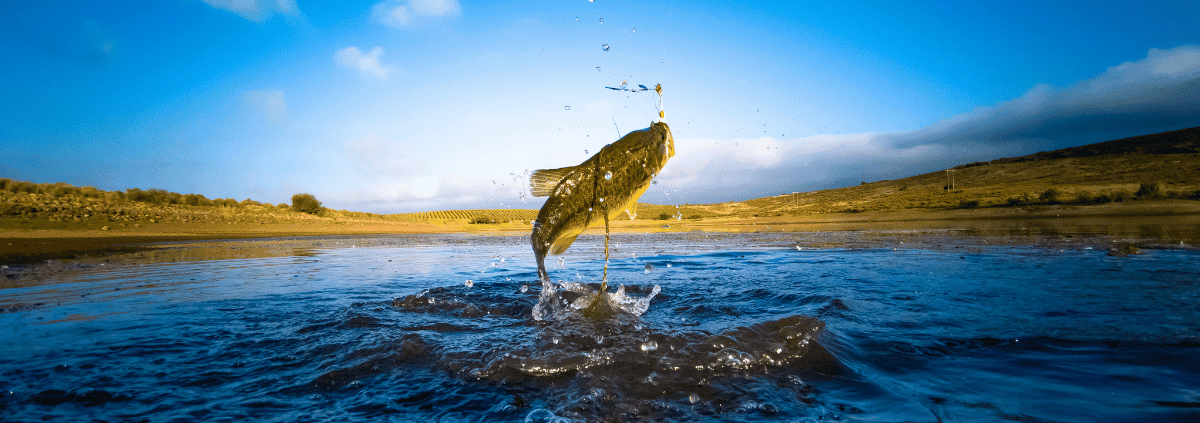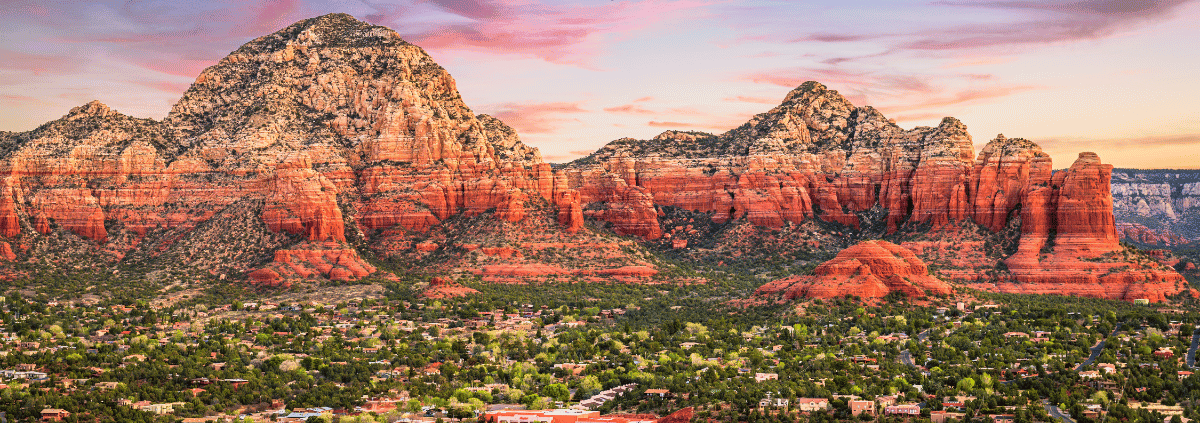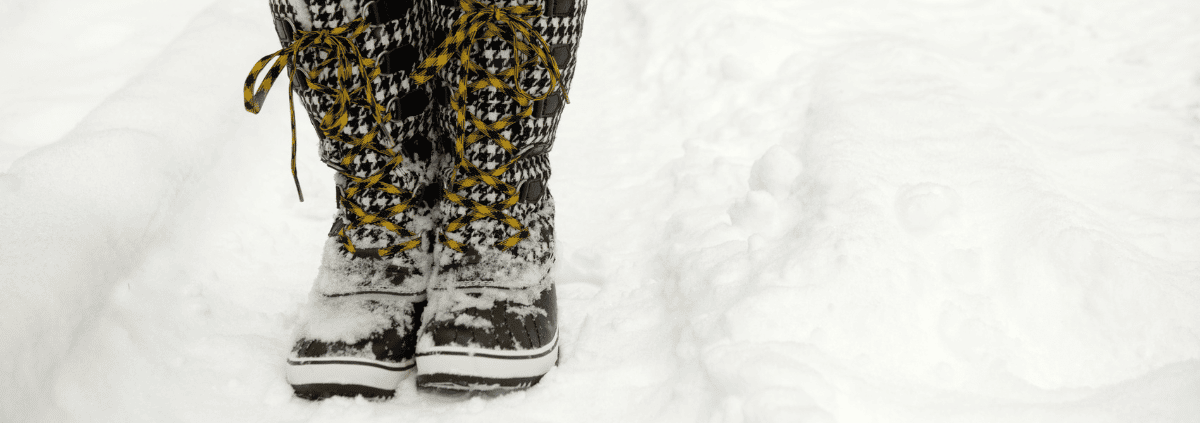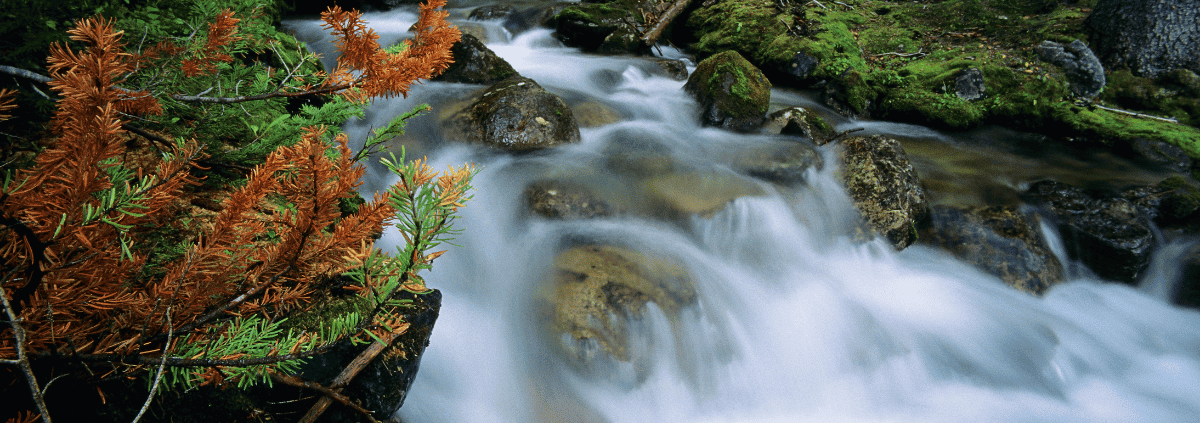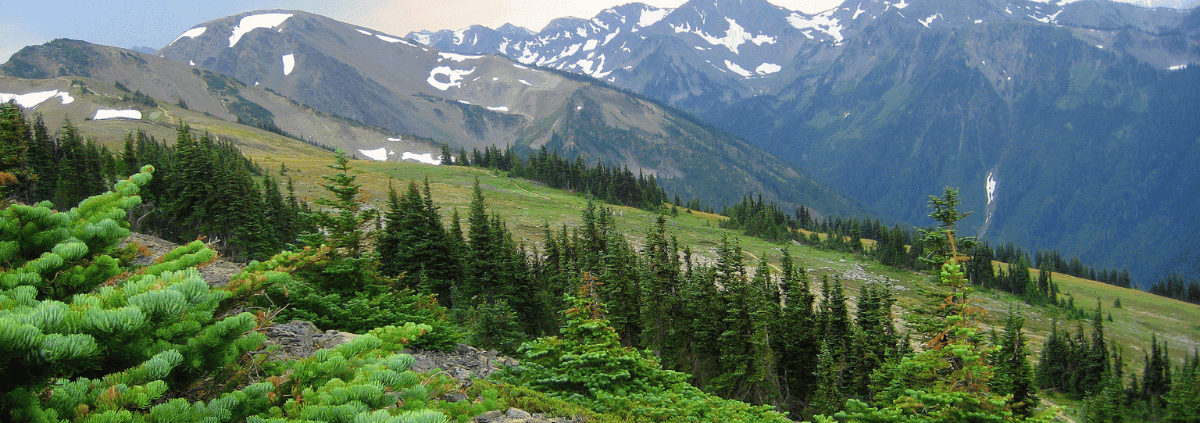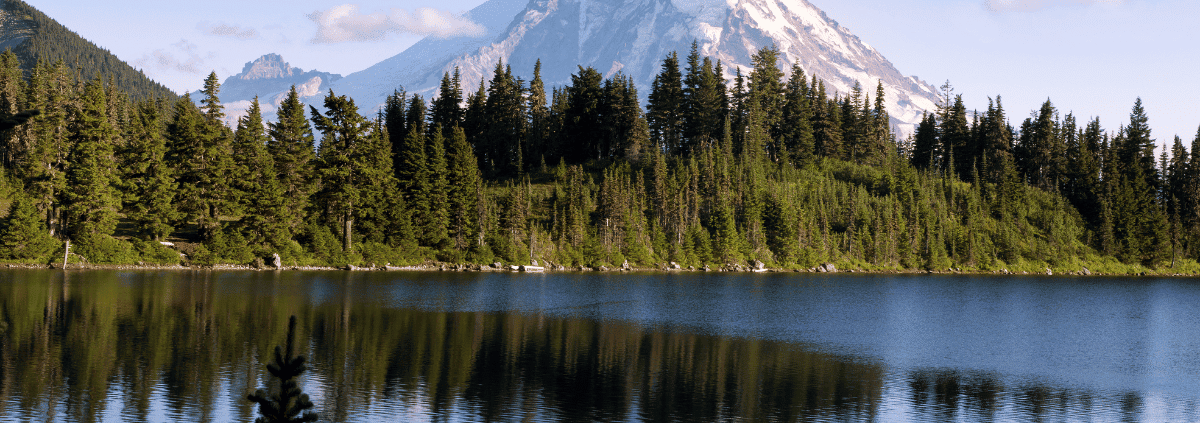Ready to find out what really makes those bass bite? ‘What Do Bass Bite On? 7 Lures to Catch Bass in Any Season’ has all the answers.
Whether you’re a beginner or a seasoned angler, knowing the right lures can make or break your bass fishing success. From jigs to crankbaits, finesse worms to jerkbaits, spinnerbaits to lipless crankbaits, and swimbaits, each lure has its own appeal to different bass behaviors.
This article will dive into why each lure is effective, when and how to use them, and which bass species they are best suited for. Get ready to elevate your bass fishing game and bring home some impressive catches with these versatile and proven lures.
It’s time to explore the exciting world of bass fishing and reel in those big ones!
Key Takeaways
- Jigs are considered the best setup for bass fishing and are effective for all species of bass.
- Finesse worms are particularly effective during winter and appear as an easy meal for bass.
- Jerkbaits excel in attracting bass to bite and are especially useful during winter.
- Swimbaits resemble actual fish and are irresistible to bass, making them great for catching largemouth and big bass in spring.
Crankbait
When you want to catch bass in any season, crankbaits are a reliable choice due to their versatility and ability to imitate baitfish effectively. One of the pros of using crankbaits for bass fishing is their ability to cover a large area of water due to their diving capabilities, allowing you to locate fish more efficiently.
Additionally, crankbaits come in various shapes, sizes, and diving depths, making them adaptable to different weather conditions and water depths. However, one con to consider is that crankbaits can be prone to snags and may require precise maneuvering around underwater structures.
In spring and autumn, try using shallow or medium diving crankbaits in warmer, shallower waters. In summer, opt for deeper diving crankbaits in cooler, deeper areas. Experiment with different retrieval speeds to find what works best for the current conditions.
Finesse Worm
You’ll find that finesse worms are a go-to lure for bass fishing, especially during winter when bass are seeking easy prey. To effectively use finesse worms in different seasons, consider using lighter weights in the spring and summer to imitate natural movements of smaller baitfish, while in the fall and winter, opt for slightly heavier weights to match the slower movements of prey in colder water.
To maximize bass bites with finesse worms, try using a shaky head or drop shot rig, and be sure to work the bait slowly and methodically along the bottom. Pay attention to the color of the finesse worm, using natural hues in clear water, and bolder colors in murky conditions.
Jerkbait
To maximize your chances of enticing bass to strike with a jerkbait, experiment with different retrieval speeds and erratic movements to imitate injured baitfish.
When using a jerkbait to catch bass in different seasons, consider these tips for choosing the right jerkbait for different fishing conditions:
- Vary your retrieval speed to mimic the erratic movements of an injured baitfish.
- Use a suspending jerkbait to keep the lure in the strike zone for longer periods.
- Choose a jerkbait color that matches the prevailing conditions, such as clear water or overcast skies.
Spinnerbait
How effectively can you use a spinnerbait to attract aggressive bass in various fishing environments and conditions?
Spinnerbaits are versatile lures that come in various types, each designed for specific fishing conditions. They’re highly effective in attracting bass, especially in summer, spring, or autumn.
Different spinnerbaits, such as tandem, double willow, and Colorado blade spinnerbaits, offer varying vibrations and flash, making them suitable for different water clarities and light conditions. In murky water, opt for Colorado blades for maximum vibration, while willow blades are perfect for clear water.
When fishing in shallow areas with vegetation, tandem blades work best. To maximize your catch, vary your retrieval speed and use spinnerbaits near structures where bass may be hiding.
These techniques make spinnerbaits a go-to lure for bass fishing in any season.
Lipless Crankbait
When targeting aggressive bass in various fishing environments and conditions, consider the effectiveness of a lipless crankbait for attracting strikes.
The advantages of using lipless crankbaits in winter include their ability to imitate fleeing baitfish and their effectiveness at any depth or speed.
In cold water conditions, try casting the lipless crankbait and allowing it to sink to the desired depth before reeling it in with a steady, medium-paced retrieve.
In warmer water, experiment with a faster retrieve or varying the depth at which the lure is presented to find the most productive approach.
Additionally, the absence of a lip on the lure allows it to navigate through vegetation and cover more easily, making it a versatile option for enticing strikes in different water conditions.
Swimbait
Continuing from the previous subtopic, you’ll find that a swimbait is an incredibly realistic and enticing lure designed to mimic the appearance and movement of baitfish. Below, you’ll find a breakdown of different types of swimbaits and their effectiveness in different seasons, as well as tips and techniques for using swimbaits to target trophy-sized bass.
| Types of Swimbaits | Effectiveness in Different Seasons |
|---|---|
| Soft Plastic Swimbaits | Effective in spring and fall |
| Hard Body Swimbaits | Effective in summer and winter |
| Paddle Tail Swimbaits | Effective in all seasons |
When using swimbaits to target trophy-sized bass, it’s essential to vary your retrieval speed and depth to find where the big bass are lurking. Additionally, consider using larger swimbaits to entice the bigger, more mature bass.
Frequently Asked Questions
How Do Different Water Temperatures Affect the Effectiveness of These Lures?
In cold water, bass are less active, so slower-moving lures like jigs and finesse worms are more effective. In warm water, bass are more aggressive, making crankbaits and spinnerbaits great choices. Water temperature greatly influences bass behavior and lure effectiveness.
Are There Any Specific Retrieval Techniques That Work Best for Each Type of Lure?
To hook bass consistently, tailor retrieval techniques to lure type. Jigs: vary speed. Crankbaits: stop-and-go. Finesse worms: slow, gentle twitch. Jerkbaits: erratic action. Spinnerbaits: steady retrieve. Lipless crankbaits: burn and pause. Swimbaits: steady, slow.
What Are the Best Color Choices for Each Type of Lure in Different Water Conditions?
For the best color choices in different water conditions, consider natural colors like green pumpkin or shad for clear water and darker colors for murky water. Vary retrieval techniques based on water temperature and bass activity.
Can These Lures Be Used in Combination With Other Types of Bait or Lures for Better Results?
You can definitely use live bait or artificial lures in combination with other types for better results. Experiment with different bass fishing techniques and fishing strategies to see what works best for you.
Are There Any Specific Types of Fishing Rods or Lines That Work Best With These Lures?
For the best rods and lines with these lures, consider medium-heavy to heavy rods and fluorocarbon or braided lines. Vary retrieval techniques, match colors to water temperatures, and experiment with lure combinations for maximum effectiveness.
Conclusion
Now that you’ve learned about the top 7 lures for catching bass in any season, it’s time to put your knowledge to the test.
Head out to your favorite fishing spot, armed with these versatile and proven lures, and see what kind of bass you can reel in.
With the right lures and techniques, you’ll be sure to elevate your bass fishing game and bring home some impressive catches.
Get ready for an exciting and rewarding bass fishing adventure!

